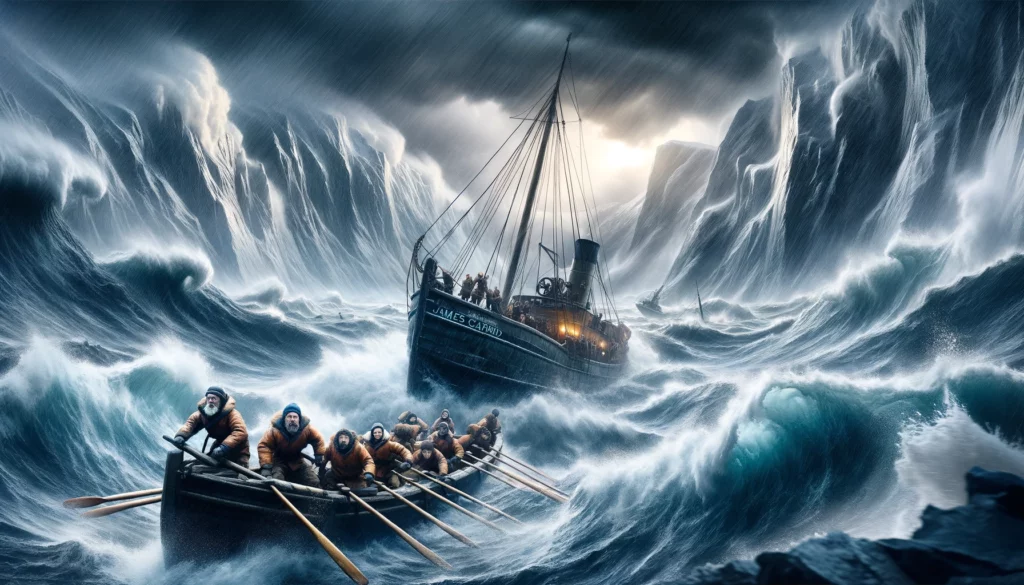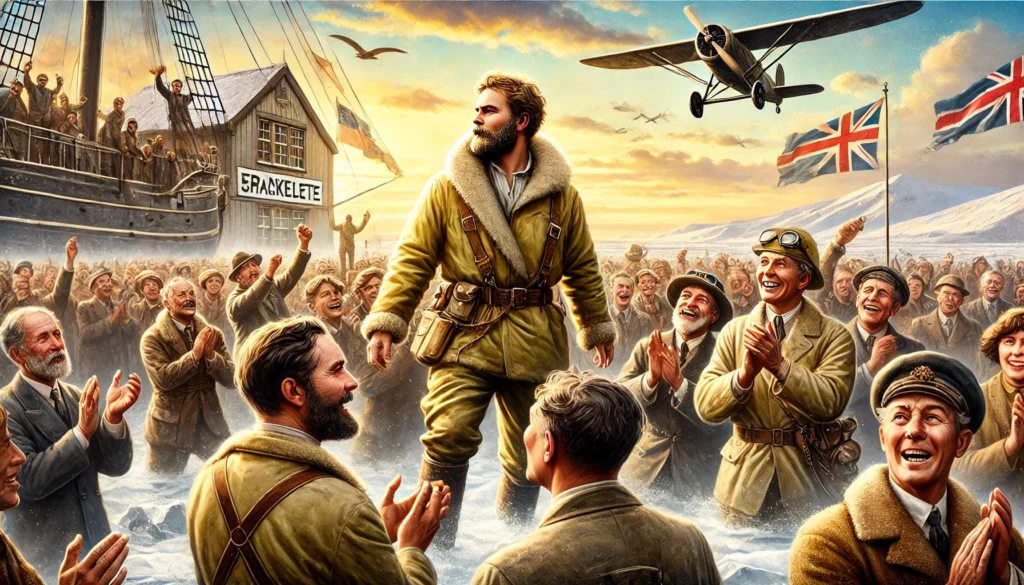Ernest Shackleton’s Antarctic expedition, particularly the Imperial Trans-Antarctic Expedition of 1914-1917, is one of the most incredible tales of survival, leadership, and endurance in the annals of exploration. The journey, intended to be the first land crossing of Antarctica, became a harrowing struggle against nature’s most formidable elements. Shackleton’s leadership and the crew’s resilience turned potential tragedy into an extraordinary story of human spirit and determination.
The Mission Begins
In August 1914, as Europe plunged into World War I, Ernest Shackleton and his crew set sail from London aboard the Endurance. The mission aimed to traverse the Antarctic continent from the Weddell Sea to the Ross Sea via the South Pole. The crew of 28 men, including scientists, sailors, and an official photographer, Frank Hurley, was meticulously selected by Shackleton for their skills and compatibility.
Trapped in Ice
By January 1915, Endurance reached the Weddell Sea, but the harsh Antarctic conditions quickly took their toll. The ship became trapped in the dense pack ice, immobilizing it despite the crew’s best efforts to free it. For ten months, Endurance drifted with the ice floe, moving further away from its intended path. Shackleton maintained the crew’s morale through structured routines, social activities, and constant reassurance.
The Sinking of Endurance

In October 1915, the relentless pressure of the ice finally crushed Endurance’s hull, and the ship began to sink. Shackleton ordered the crew to abandon ship and set up camp on the ice. As the Endurance disappeared beneath the ice, the expedition’s focus shifted entirely to survival. They salvaged what they could from the wreckage, including provisions, lifeboats, and essential equipment.
Life on the Ice
For five grueling months, Shackleton and his men camped on the drifting ice floe, enduring temperatures as low as -30 degrees Fahrenheit and navigating treacherous conditions. Shackleton’s leadership was pivotal during this time. He made critical decisions, such as when to move camp and how to ration supplies, always prioritizing the crew’s safety and morale.
The Journey to Elephant Island
As the ice floe continued to break apart, Shackleton realized they needed to find solid land. In April 1916, he ordered the crew to launch the lifeboats and head for Elephant Island, a remote and uninhabited outpost. After a perilous seven-day journey through icy waters and violent storms, they reached the island. It was the first solid ground they had stood on in 497 days.
The Quest for Rescue

Elephant Island offered temporary refuge but no hope of rescue. Shackleton decided to undertake a daring journey to seek help. He selected five men and set out in the 22-foot lifeboat, James Caird, aiming for South Georgia Island, 800 miles away. The 17-day voyage across some of the world’s most treacherous seas is considered one of the greatest small-boat journeys ever accomplished. They faced towering waves, freezing temperatures, and constant danger but reached South Georgia Island on May 10, 1916.
Crossing South Georgia Island
Upon arrival, they found themselves on the uninhabited side of South Georgia Island. Shackleton, along with two crew members, embarked on a 36-hour trek across the island’s mountainous and glaciated terrain to reach the whaling station at Stromness. Exhausted and battered, they finally made contact with the whalers, who assisted in the rescue of the remaining men on Elephant Island.
The Rescue
After multiple attempts hampered by ice and weather, Shackleton finally succeeded in rescuing all 22 crew members stranded on Elephant Island on August 30, 1916. Remarkably, despite the extreme conditions and prolonged ordeal, not a single life was lost. Shackleton’s unwavering leadership and the crew’s unbreakable spirit had triumphed.
Conclusion

Ernest Shackleton’s Antarctic expedition is a powerful narrative of resilience, leadership, and the human spirit’s capacity to endure and overcome. The story of the Endurance and its crew continues to inspire, illustrating how extraordinary leadership and unyielding perseverance can navigate even the direst circumstances. Shackleton’s legacy lives on, not as a tale of conquest over nature, but as an enduring example of courage, unity, and survival against all odds.